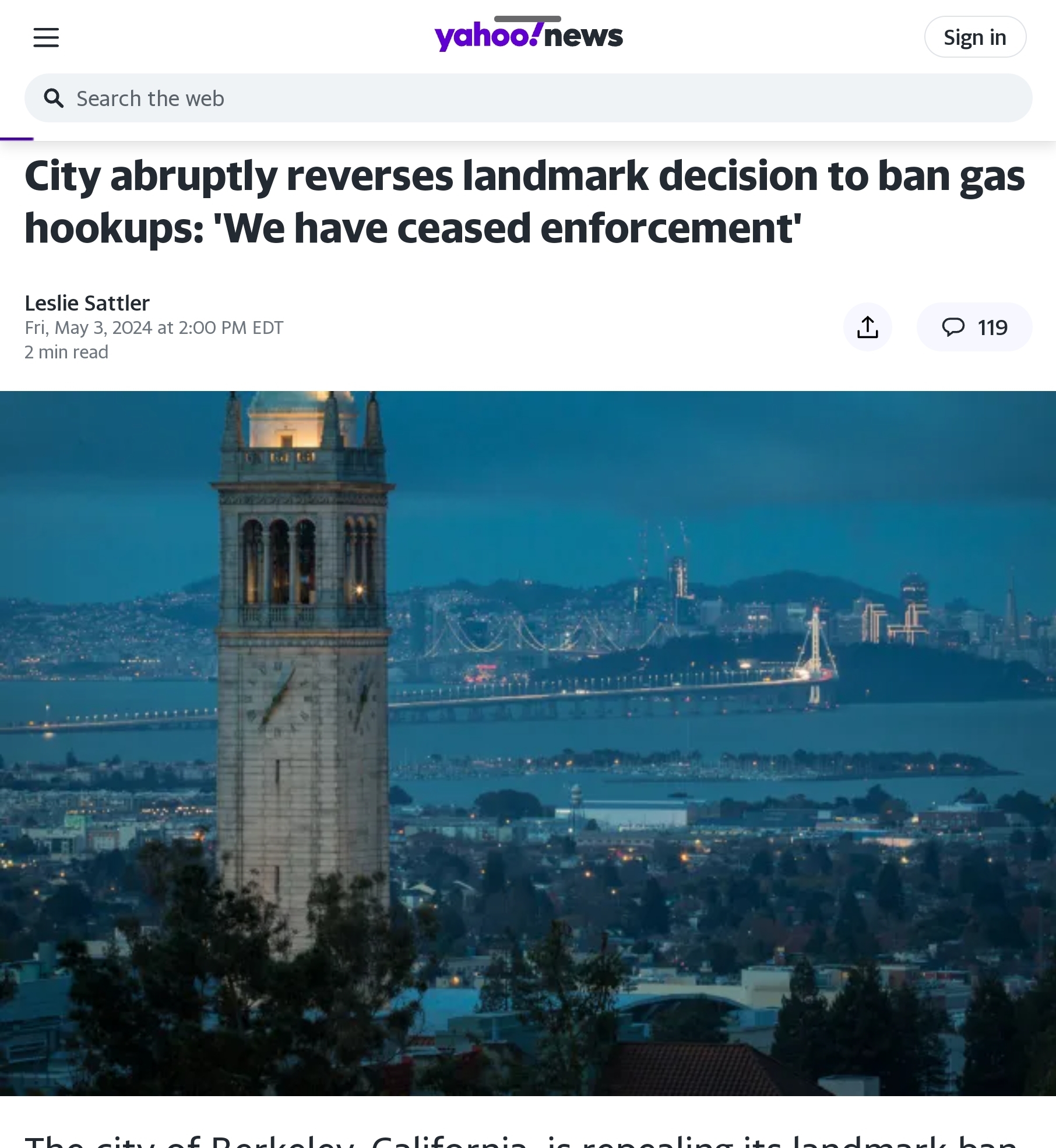In Chapter 1, and thematically throughout its 184 pages of main text, LS accepts as established fact that human activity is primarily responsible for, among other things:
a rise in atmospheric greenhouse gasses;
global warming;
the melting of the polar ice caps, glaciers and other masses of ice;
the release of methane gas from decomposing matter uncovered by the melting of ice packs;
a rise in ocean levels;
an increase in ocean acidity;
the decline of the barrier reefs and their life forms;
a threat to the existence of plankton;
species extinction and the destruction of biodiversity, including not only mammals, but fungi, algae, worms, insects, reptiles, “innumerable varieties of microorganisms” and mangrove trees (Cf. ¶¶ 20-50).
As Francis opines (¶ 24-25): “If the current tendency continues, this century could bear witness to unheard of climate changes and unprecedented destruction of ecosystems, with grave consequences for all of us. … Climate changes are a global problem with grave environmental, social, economic, distributive and political consequences, and constitute one of the principal current challenges for humanity.”




